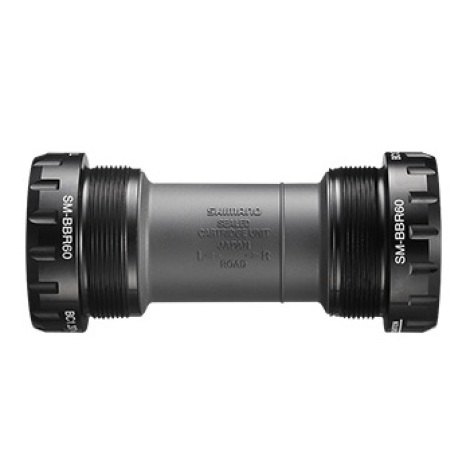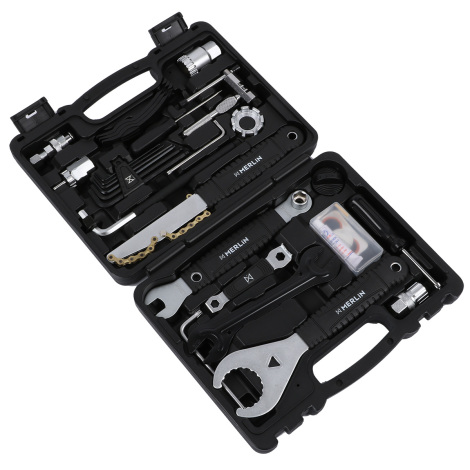Unreliable bikes can ruin bike rides. Follow our top tips to add reliability to your rides, so you can spend more time on the roads and trails.
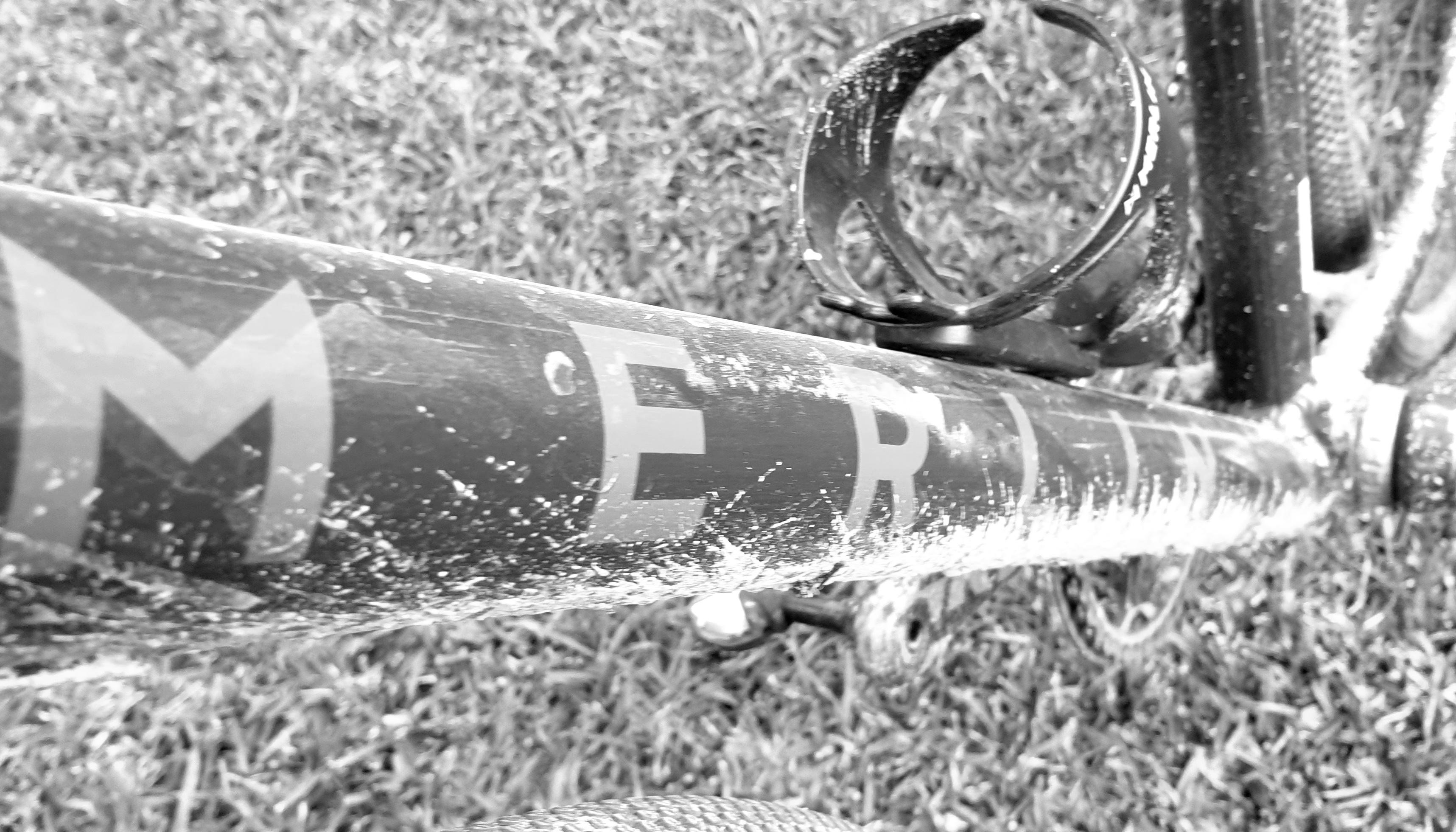
Pure Filth
Keep your bike clean! It might seem like a massive pain and can often be the last thing you want to do after a bike ride, but still, get into the way of giving your bike a regular ‘good seeing to’ with proper bike cleaning products. If you are limited for time after a dirty ride, degrease/clean the chain and cassette, apply some chain lube and dry off your bike – it will be a few minutes well spent.
Over / Under tighten
When replacing components, parts or accessories, don’t make the mistake of over-tightening or under tightening the bolts. If you are not sure use a torque tool and stick to manufacturers recommended torque settings.
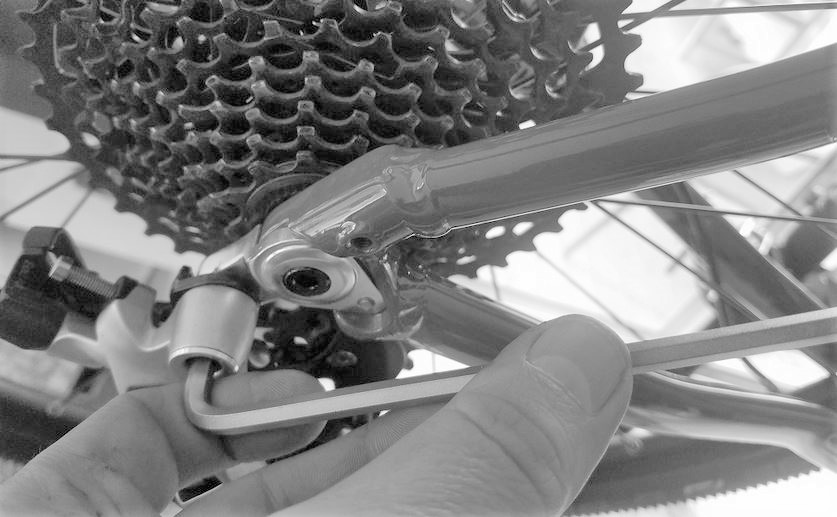
Over Inflated
Many riders, particularly on the road, think that harder tyres are faster. This is not always the case. Running tyres slightly softer can smooth out rough roads and make for a more comfortable and faster ride. Manufacturer recommended tyre pressures are usually marked on the side of tyres as a guide. Heavier riders should ideally inflate to the higher end of the recommended range, and lighter riders to the lower end. More info on tyre pressures here.
Grease is the Word
As well as being careful not to over / under tighten bolts on components and parts, use a little dab of grease on the threads of the bolts to make sure that they can be removed again should you need to. The most common places people neglect to grease are bottom bracket cups and pedals.
Grip It Good
Carbon paste is great for providing friction between two carbon parts such as a seat post and frame seat-tube. The grippiness of the layer of paste reduces the amount of torque needed on the bolts to hold the component in place, reducing the chance of component / frame damage.
Caked Chain
Always degrease and clean the chain rather than just keep adding more lubrication. Adding more and more lube will result in a very dirty, gunky mess coating the chain. This will cause more wear and chew up more of your power. If your bike has been used a lot, but seldom cleaned and lubed, the chances are your chain and cassette could well be worn. Check chain wear with a gauge or see out our range of chains and cassettes. Chains are the cheapest drive component to replace. Checking and replacing your chain when necessary will prevent premature wearing of more expensive components such as the cassette and chain rings. Keep components clean to maximise their life. Read more about chains here.
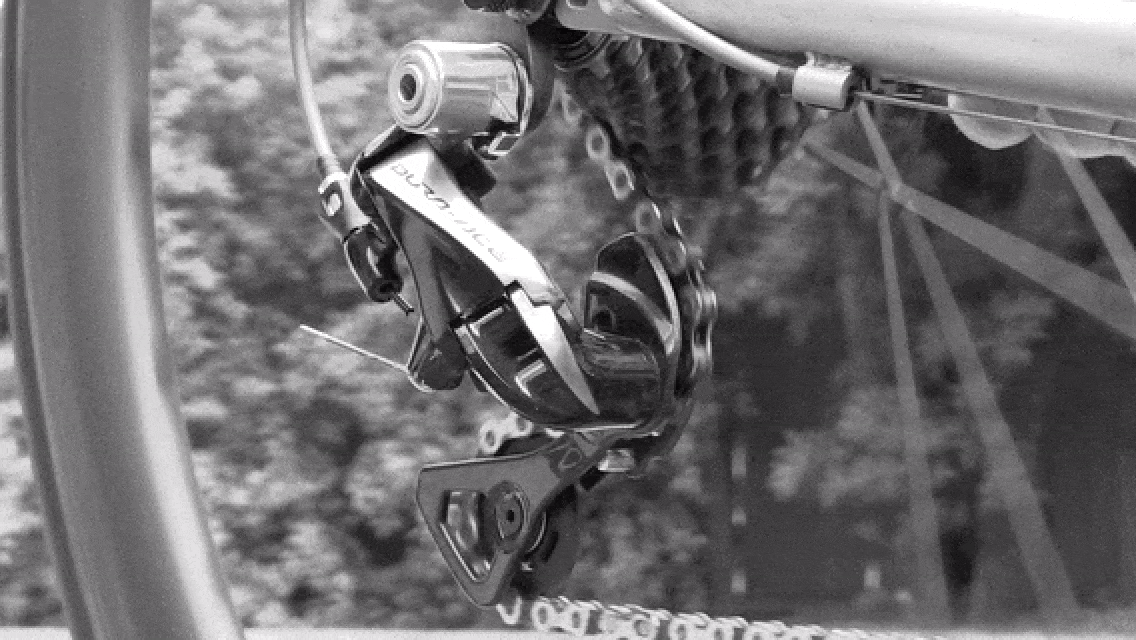
Comfy?
Check out your riding position. Are you comfortable, even for longer rides? If you are not, take a look at your profile while in your normal riding position, have a friend photograph you and see if you can deduce the problem. Too stretched? Too cramped? Experiment with small tweaks to position and give your body time to adapt to the changes.
Bar Gains?
Bike manufacturers tend to fit narrower bars to smaller bikes, and wider bars to bigger bikes. However, not all tall people have wide shoulders and not all small people have narrow shoulders. Try a wider or narrower bar on a friends bike to see how it feels before taking the plunge and swapping your own.
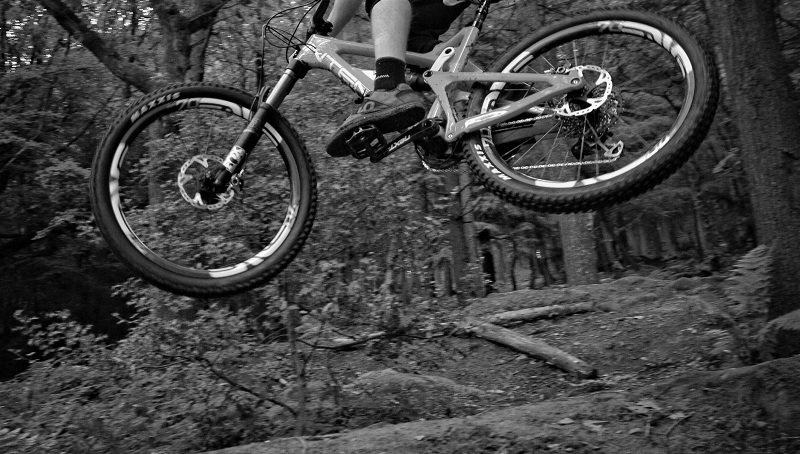
Well Suspended
Having dials and valves can make suspension forks and rear shocks look a little intimidating. However, don’t be tempted to just ride your machine and ignore them. To get the best from your bike, set up the suspension for your own weight and riding style. As a general guide when setting up forks and rear shocks, aim to have around 25% ‘sag’ when rider is on the bike. A shock pump is vital for loading air suspension. Test out your sag with a zip / cable tie or have a friend to do some measuring.
Mark it & Snap it
If you are trialling new position tweaks on your bike, make a little mark on parts to show where you are starting from. This way you can always revert to your old position relatively easily – it’s like having a system restore setting. Similarly, if you are taking components apart for a proper clean, take a phone pic of how they were before, just in case.
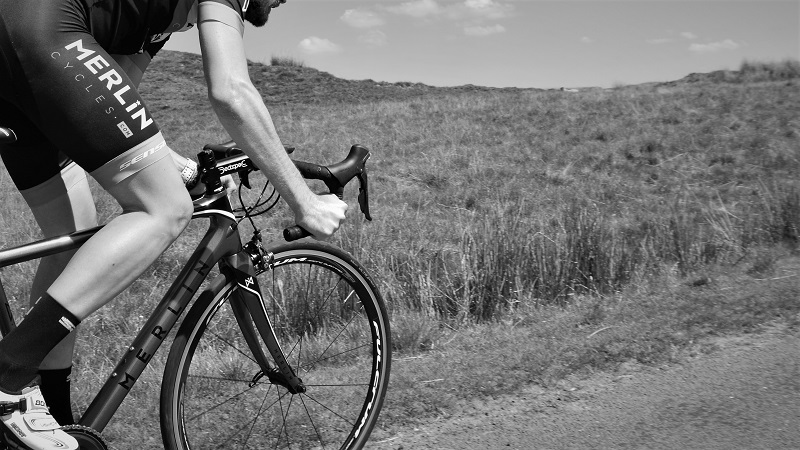
Listen Up
While out on your bike, listen out for any noises that could indicate you might encounter problems on your ride. Check out this blog on identifying noises – Noises you do not want to Hear.
Disc Graceful
Avoid accidentally spraying any oil or degreaser on disc rotors. The best way to avoid this is to remove your wheels before cleaning or mask off the rotors before you start to spray. Once oil or degreaser get onto the brake pads it is time to replace them. Disc rotors can have oil cleaned off using Isopropyl Alcohol and a rag.
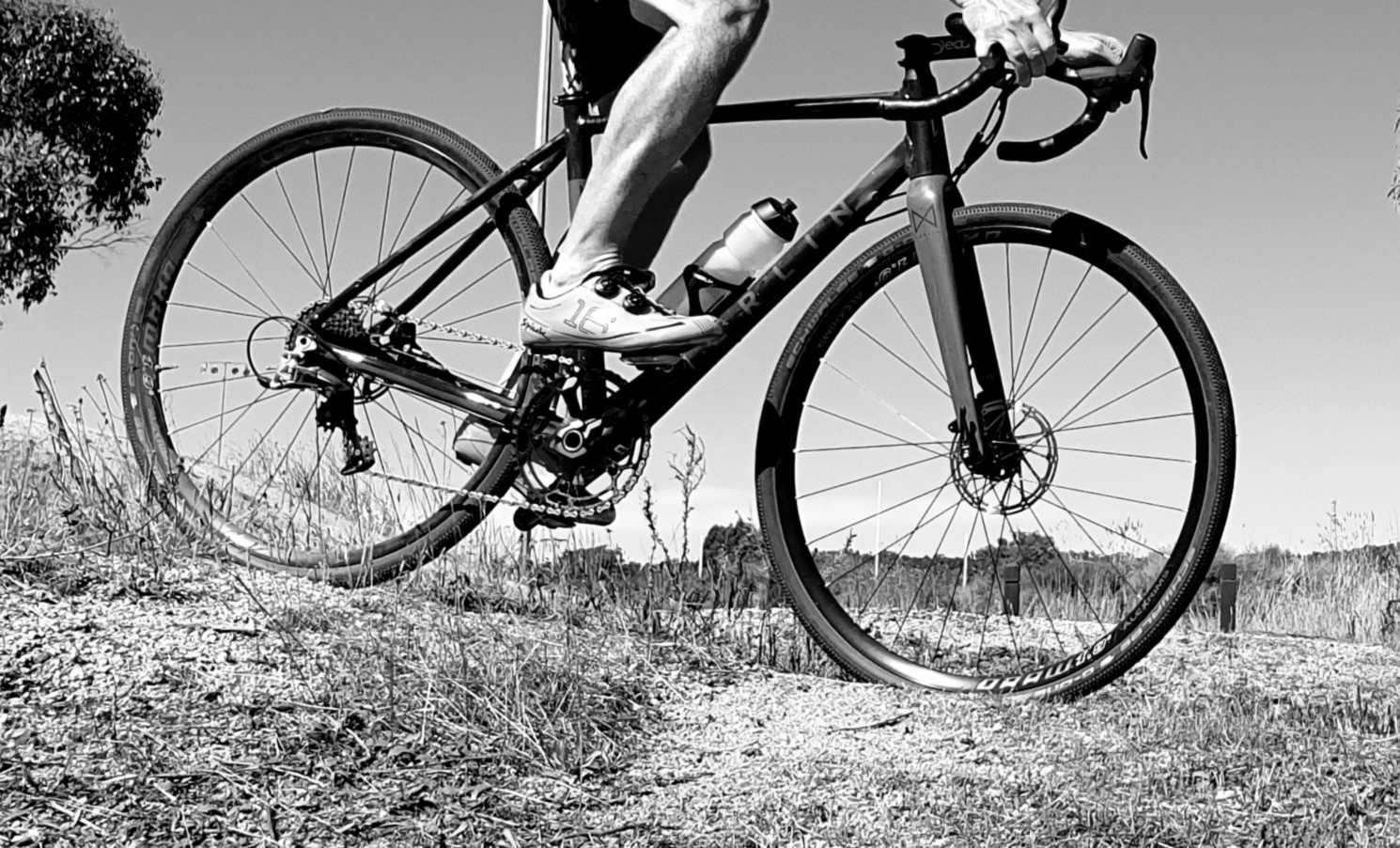
Tool Up
Learning how to maintain your own bike is well worth the effort. Not only do you get to know how your bike and its components work and interact, it can also save you money and make you less dependant on a mechanic for servicing.
Check out our comprehensive range of tools here.
If you are in need of a comprehensive full set of tools, check out Merlin Tool Kits, great quality and value from £54.95

